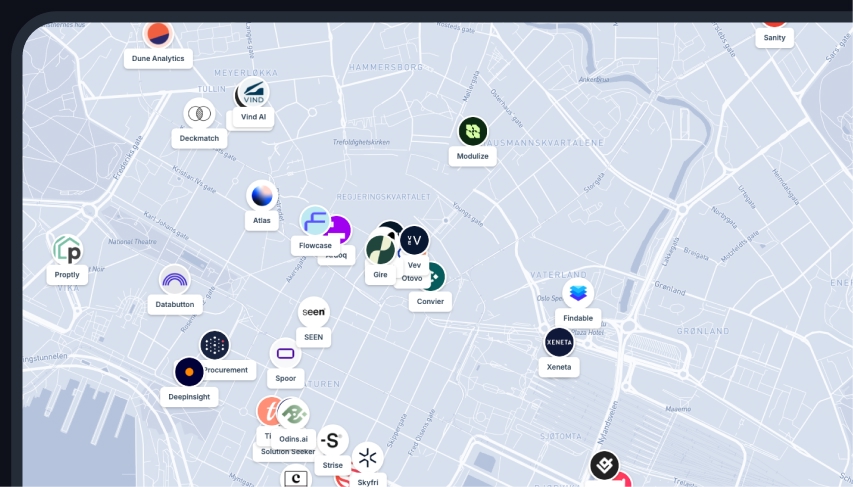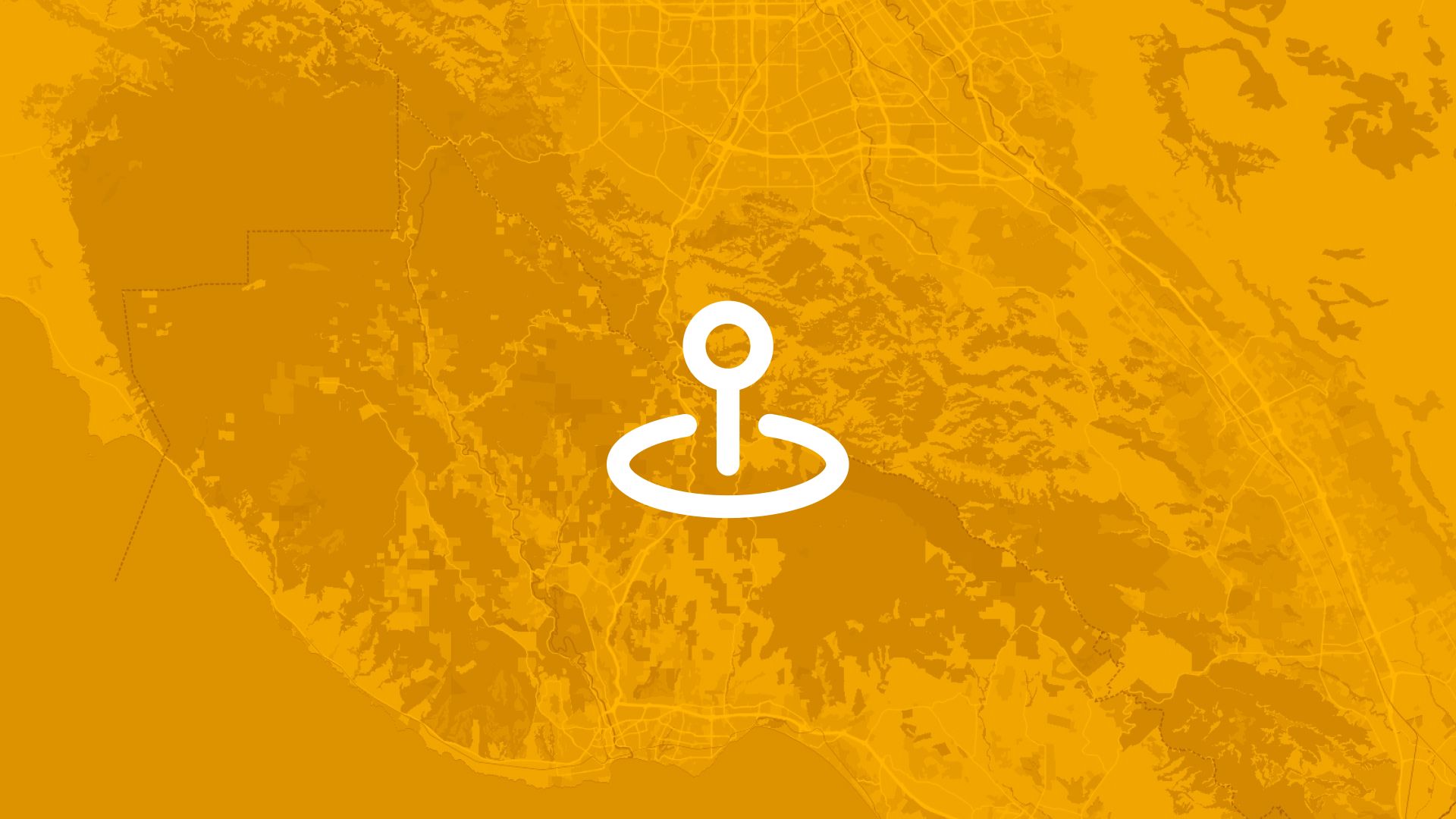In today’s world, technology is an invaluable partner, even for the smallest of towns. Geographic Information Systems (GIS) have emerged as a powerful tool for municipalities to manage resources and make informed decisions about budget allocation.
By implementing GIS, small towns can visualize their data spatially, prioritize needs effectively, and distribute funds where they are most needed.
Understanding GIS
Geographic Information Systems (GIS) allow users to visualize, question, analyze, and interpret data to understand relationships, patterns, and trends. The power of GIS lies in its ability to link data to location, providing a spatial dimension to traditional datasets. This helps in crafting solutions that are not just data-driven but are also geographically logical.
The Relevance of GIS for Small Towns
While large cities have long harnessed GIS for urban planning and management, small towns can significantly benefit from its adoption as well. These systems help manage everything from infrastructure and emergency services to environmental management and community outreach — all on a tighter budget.
1. Infrastructure Management
Small towns can utilize GIS to plan and manage infrastructure projects such as road maintenance, public utilities, and land development:
- Road Maintenance: GIS can store data about road conditions, usage statistics, and maintenance schedules, helping towns prioritize repairs and upgrades.
- Public Utilities: Sewer, water, and electrical lines can be mapped to determine current routes and plan future provisions. This ensures that expansions are logical and cost-effective.
Using GIS, small towns not only extend the lifespan of existing infrastructure but also prevent costly mistakes through better foresight and planning.
2. Emergency Response and Services
Efficient emergency services are crucial in small towns, which often have limited resources:
- Optimized Response Routes: GIS can analyze the fastest routes for emergency vehicles, taking into account traffic patterns and road conditions.
- Resource Allocation: By mapping incidents and response times, towns can identify areas needing additional services or resources.
GIS helps emergency planners simulate scenarios to improve service delivery without necessitating large budget increases.
Fiscal Benefits of GIS Implementation
1. Improved Decision-Making
GIS enables small towns to make better-informed decisions by providing a spatial perspective to financial data. Visualization of where most resources are consumed or where complaints are centered can direct attention to the most pressing needs.
2. Cost Savings
By preventing overbuilding, reducing travel times, and improving resource deployment, GIS can lead directly to financial savings. Many towns can recuperate their investment in GIS technology from savings in reduced inefficiencies and optimized spending.
3. Enhanced Revenue Generation
GIS data can be leveraged to boost local economies and generate revenue. For instance, strategic placement of new businesses or attractions based on demographic and visitor data can increase tourism and local spending.
Implementing GIS in Small Towns
To effectively integrate GIS into their operations, small towns should follow these steps:
Assess Your Needs
- Identify Core Areas: Determine which aspects of town management – like infrastructure, utilities, or public health – could greatly benefit from GIS integration.
- Determine Data Requirements: Collect existing datasets that can be spatially analyzed. This may include maps of roads or lists of municipal assets.
Choose the Right Tools
Several GIS tools range from basic to advanced, each suiting different needs. For instance, Atlas offers a user-friendly platform perfect for towns new to GIS, requiring minimal setup and offering a broad array of functionalities.
Training and Support
It's crucial to train your staff adequately. Employ workshops and continuous support to ensure that your HR, public works, and emergency services teams can utilize the GIS data effectively.
Start Small and Scale
Begin with a few key, measurable projects. Capture successes, refine methods, and expand the use of GIS as confidence in the data and process grows.
Future Opportunities with GIS
As the technology behind GIS continues to evolve, small towns can anticipate newer, more efficient ways of deriving value. Future GIS advancements might include real-time data collection from IoT devices, smarter simulation capabilities for urban planning, and even more user-friendly interfaces that lower educational barriers.
Incorporating Geographic Information Systems in small towns is more than just a technological upgrade—it's a strategic investment that enhances decision-making processes, optimizes resource allocation, and ultimately improves the quality of life for their residents. Through mindful planning and robust implementation, even the smallest of towns can harness the power of GIS to build resilient, sustainable communities for the future.
Work faster with spatial data
Easily import data, automate analysis and build spatial apps for the web, all within a single software.
How Atlas Helps Optimize Budget Allocation in Small Towns
Leveraging GIS to enhance budget allocation becomes even more accessible with platforms like Atlas. As a user-friendly, browser-based GIS tool, Atlas offers small towns a powerful and efficient way to handle spatial data without requiring heavy software installations or expertise. Here's how Atlas can aid small towns in utilizing GIS to optimize budget allocations:
Intuitive Interface and Accessibility
Atlas simplifies GIS operations by offering a platform that runs directly in the web browser, eliminating the need for specialized hardware or software installations. This ease of access ensures that even with limited technical expertise, town officials can manage and analyze geospatial data effectively. By providing cloud-based operations, Atlas enables real-time collaboration, making it easier for different departments to work together seamlessly.
Data Visualization and Analysis
With Atlas, small towns can transform complex datasets into meaningful visualizations instantly. The platform allows users to import spreadsheets and convert them into maps with a simple drag-and-drop interface. This capability is crucial for budget optimization, as it helps towns visualize spending patterns, identify underfunded areas, and adjust allocations effectively.
Cost-Effective Solutions
Unlike traditional GIS solutions, Atlas is designed to be cost-effective, catering specifically to the needs of smaller communities. Its availability as a free tool with a generous plan means that small towns can start using GIS tools without initial costs. This financial accessibility is pivotal for towns facing budget constraints but keen on making data-driven decisions.
Enhanced Collaboration and Decision Making
Atlas supports real-time data sharing and interactive map creation, which fosters better communication among departments and with community stakeholders. By enabling teams to visualize budget allocations spatially, Atlas assists in prioritizing resources where they are most needed — such as in infrastructure repairs and emergency services enhancements.
Scalable GIS Solution
As towns expand their familiarity with GIS and want to scale their operations, Atlas provides scalability to accommodate growing data and additional projects. Starting small and then expanding allows towns to measure successes, refine methods, and gradually incorporate GIS into broader planning and management strategies.
With Atlas, small towns not only get a robust GIS tool but also a partner in their journey towards smarter budgeting and resource management. Its focus on user experience, cost efficiency, and real-time collaboration makes it an ideal choice for towns looking to leverage GIS effectively.





